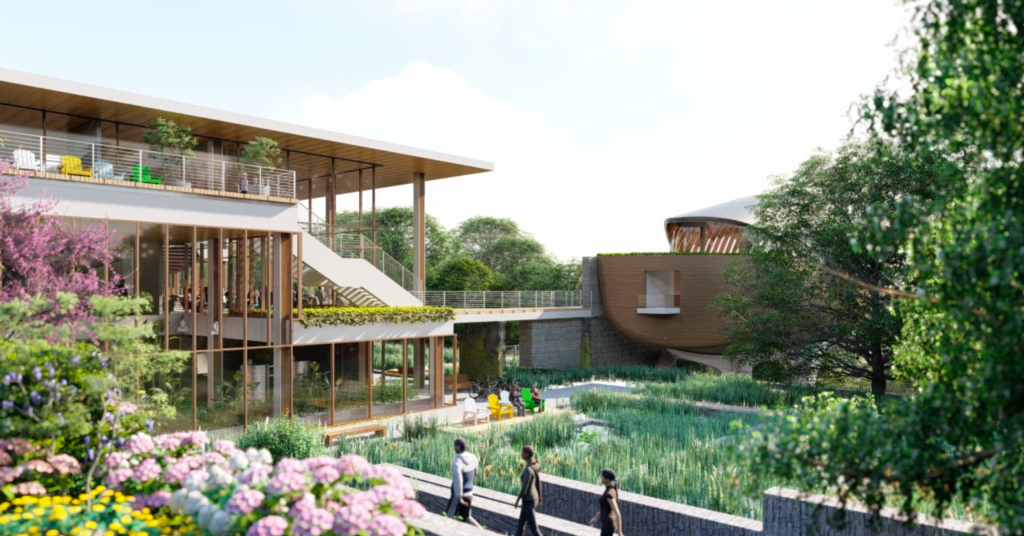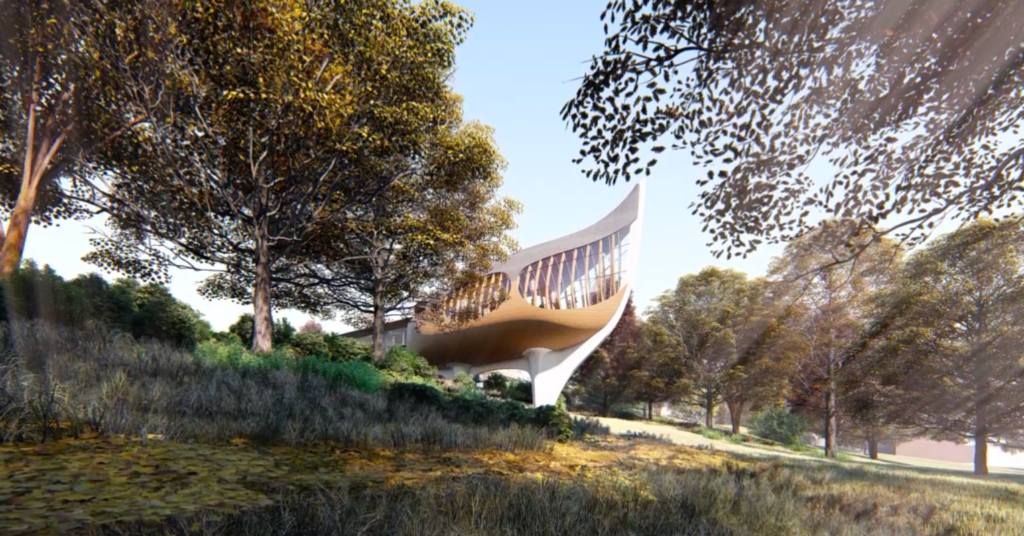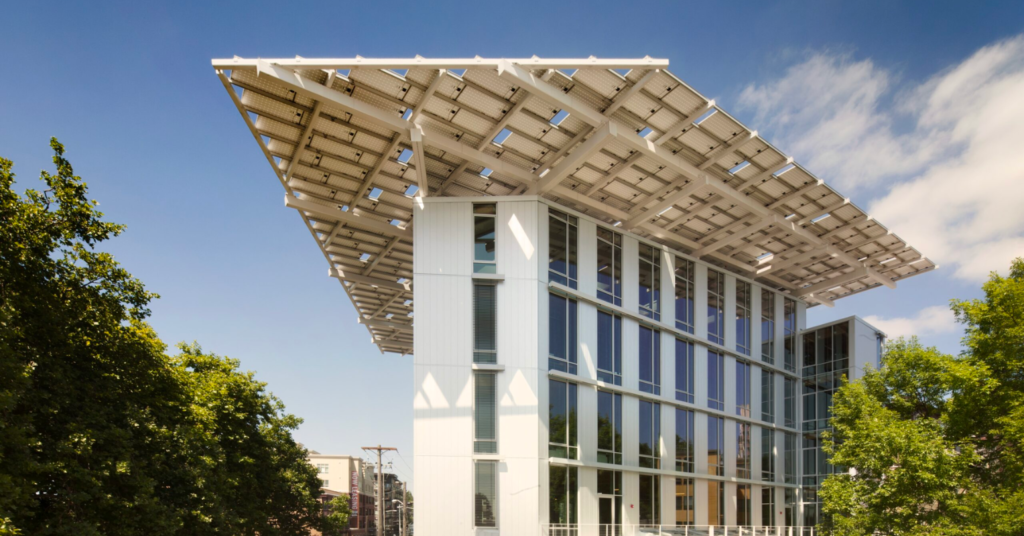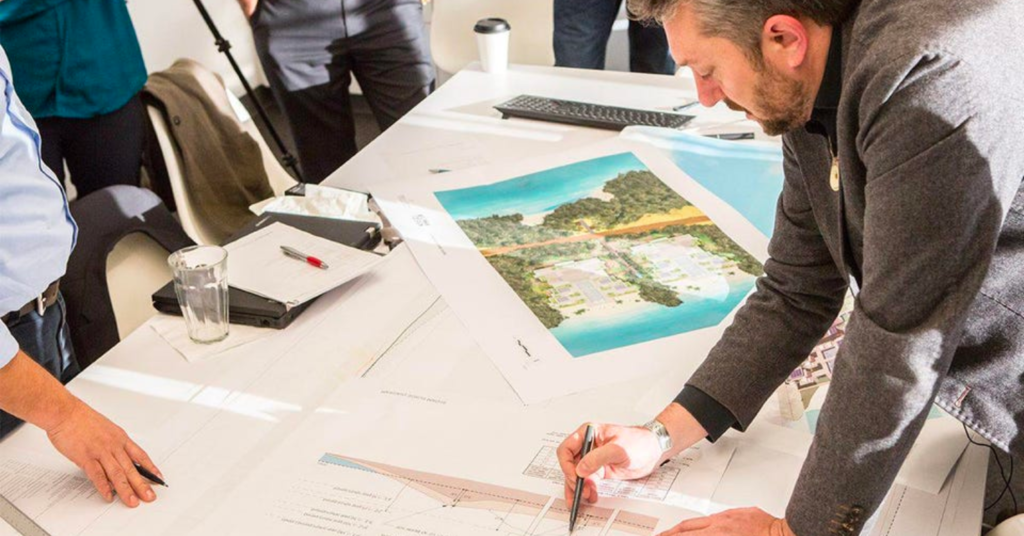Imagine a building that’s like a living organism, rooted in its environment and self-sufficient.

When you think of buildings, what comes to mind? Concrete, steel, glass, and a lot of energy consumption, perhaps?
But what if buildings could be like flowers, rooted in their environment, self-sufficient, and beautiful? This is the vision of Jason McLennan, a US-based architect and the founder of the Living Building Challenge.
McLennan’s approach to building design is based on the idea that buildings should be completely sustainable and integrate seamlessly into their surroundings.
They should collect rainwater and sunlight, process their waste in-house, and be an active part of the ecosystem rather than a burden on it.

McLennan’s ultimate goal is to create buildings that behave like living organisms, reacting to temperature and humidity, and providing habitats for wildlife.
This may sound like a pipe dream, but McLennan has already brought this vision to life in several projects around the world. One such project is the Bullitt Center in Seattle, Washington, a six-story office building that is completely powered by solar energy and produces more energy than it consumes.
The building also has composting toilets that produce nutrients and is naturally ventilated with windows that open and close automatically in response to the temperature.

McLennan’s approach to building design is not only environmentally friendly but also economically viable. Buildings that generate their own energy and water and process their own waste can reduce or eliminate energy bills, water bills, and sewage fees. I
n fact, McLennan believes that the future of building design is in creating buildings that have no negative impact on the environment and are financially self-sustaining.
McLennan’s work has been recognized with numerous awards, including ENR’s Award of Excellence in 2016 for turning the Living Building Challenge into a global standard for sustainability in architecture.
McLennan’s design firm, McLennan Design, has also recently merged with Perkins&Will, the second-largest architecture firm in the world, ensuring that McLennan’s ultra-green ethos will continue to be heard far and wide.

It’s easy to see why McLennan’s vision of living buildings on a living earth is so compelling. His approach to building design is not only environmentally responsible but also beautiful, and it’s a shining example of how we can learn from nature and create a more sustainable future for ourselves and the planet.